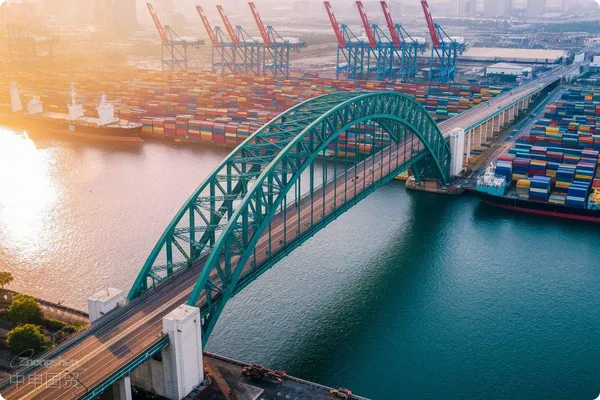- Shanghai Zhongshen International Trade Co., Ltd. - Two decades of trade agency expertise.
- Service Hotline: 139 1787 2118

Analysis of Industry-Specific Characteristics in the Import of Equipment Accessories
The import of industrial equipment components hasA wide variety of categories, highly specialized technical parameters, and time-sensitive supply chains.Three major characteristics. Against the backdrop of global manufacturing supply chain restructuring in 2025, enterprises face:
- Customs clearance delays caused by disputes over parts classification
- The boundary between special-purpose accessories and universal parts for electromechanical equipment is ambiguous.
- Risk of Tariff Classification for Split Importation of Complete Equipment
- Technical validation for special regulatory requirements
- CE Certification and Domestic3CCertification blind spots in articulation
- Customs on-site inspection standards for explosion-proof accessories
Three Hidden Pitfalls in Customs Clearance Procedures
According to the latest customs audit data for 2025, the error rate in the declaration of imported equipment parts has reached as high as 23%, primarily concentrated in:
- Classification logic gap: The import of sensors for a certain automobile production line resulted in a tariff rate difference of 8% due to their incorrect classification under HS code 8536.
- It is recommended to verify through the following methods:Bright trap: Southeast AsiaEntrepot TradeCompliance review of the issuance of China-ASEAN FORM E certificates
- Underreporting of royalty fees: Case of Back Taxes for Undeclared Software Licensing Fees on Technical Patent Accessories
Cost Control Model for Logistics Solution Design
Professional agency service providers through3D Logistics MatrixAchieve cost optimization:
- Transportation mode combination
- Core accessoriesAir Transportation+常規(guī)件Maritime TransportationMixed-loading solution
- China-Europe Railway ExpressTimeliness testing for newly opened sites in 2025
- Duty Deferral Strategy
- Analysis of Application Scenarios for Bonded Warehousing and VMI Model
- Optimization Plan for Guarantee Funds on Temporary Import and Export Goods
Key indicators for enterprises when selecting agency services
When evaluating proxy service providers, the focus should be on examining:
- Customs compliance system
- AEO-certified enterprises' data integration capabilities
- The completeness of the classification advance ruling case database
- Emergency response mechanism
- Inspection Exception Response Time Commitment
- Express Channel for Demurrage Guarantee
Technological breakthrough points in cost optimization
Under the latest tariff preferential policy framework for 2025, professional agencies can achieve:
- The utilization rate of free trade agreements increased by 12-15%.
- The special supervision zone policy package reduces logistics costs by 20%.
- Classification dispute prediction reduces compliance costs by 30%.
In-depth value creation in customs compliance
Premium agency services go beyond traditional customs clearance operations, building:
- Three-tier Risk Early Warning System
- Product Access Pre-Screening System
- Declaration Elements Compliance Self-Check Module
- Full-process traceability mechanism
- Electronic Document Archiving System
- Abnormal Tax Payment Monitoring
In the technology-intensive field of equipment parts import, professional agency services have evolved from simple process outsourcing toSupply chain strategic partnersEnterprises should establish a three-dimensional evaluation model for proxy service providers, focusing on three core dimensions: technical analysis capability, emergency response speed, and compliance system construction, to ensure the steady development of import business.
Related Recommendations
? 2025. All Rights Reserved. Shanghai ICP No. 2023007705-2  PSB Record: Shanghai No.31011502009912
PSB Record: Shanghai No.31011502009912










